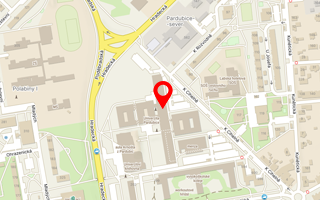Publikace detail
Hemilabile amino-amides as N,N-chelating systems for main group metals
Autoři:
Kampová Hana | Riemlová Emílie | Klikarová Jitka | Padělková Zdeňka | Růžička Aleš
Rok: 2013
Druh publikace: ostatní - přednáška nebo poster
Strana od-do: nestránkováno
